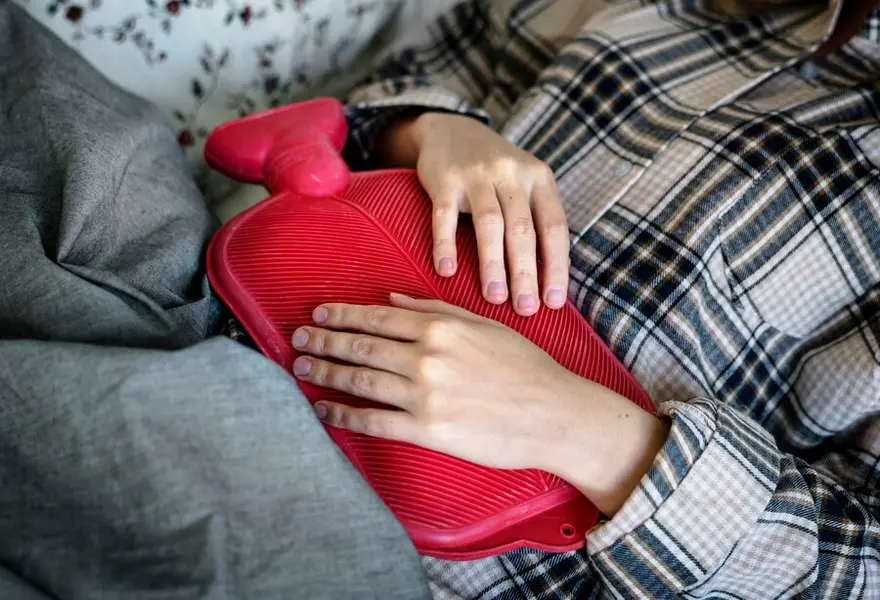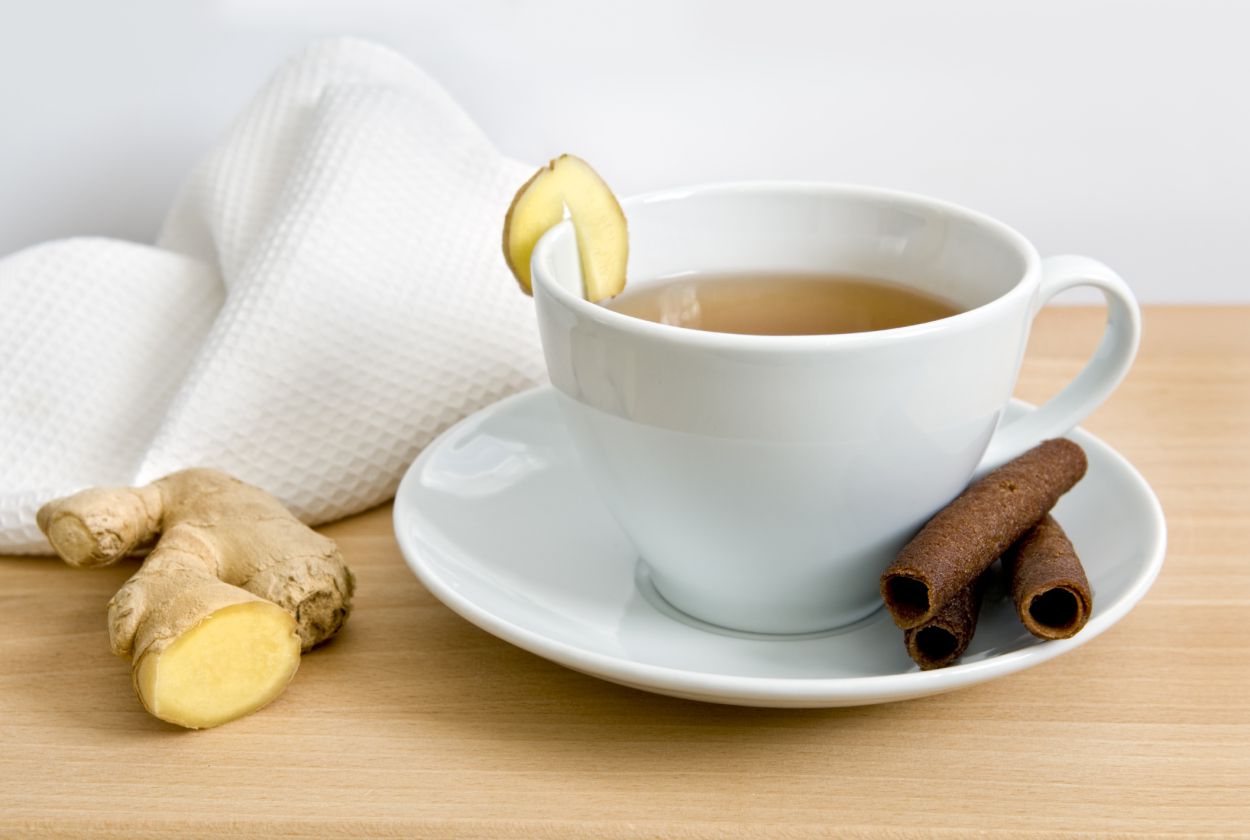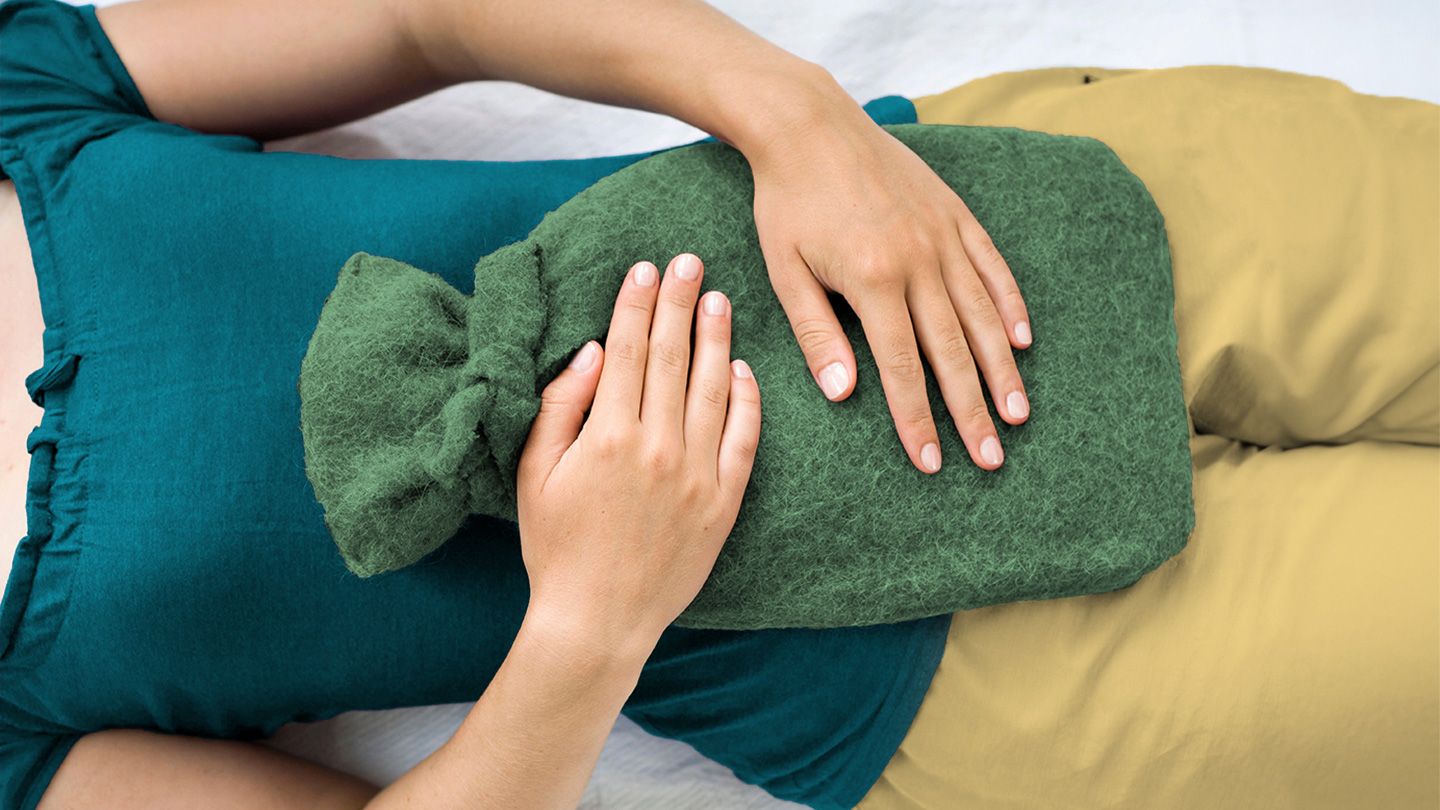Menstrual cramps affect millions of women worldwide, causing significant discomfort that can disrupt daily activities and quality of life. While over-the-counter pain medications provide quick relief, many women are seeking natural alternatives to manage their monthly discomfort without relying on pharmaceutical interventions. Natural remedies for menstrual cramps offer a holistic approach to pain management, addressing not just the symptoms but also supporting reproductive health.
The appeal of natural remedies lies in their gentle yet effective approach to pain relief. Unlike synthetic medications that may cause side effects or strain the liver and stomach, natural treatments work with the body’s healing mechanisms to provide sustainable relief. These remedies have been used for centuries across different cultures, with many backed by modern scientific research that validates their effectiveness.
Understanding why menstrual cramps occur is crucial for selecting the right natural treatment. During menstruation, the uterus contracts to shed its lining, and these contractions can cause pain that radiates from the lower abdomen to the back, groin, and thighs. The intensity of cramps varies among individuals and can be influenced by factors such as stress levels, diet, hormonal fluctuations, and health status.
Natural remedies work through various mechanisms to alleviate menstrual pain. Some help balance hormone levels, addressing the root cause of cramping, while others act as antispasmodics to prevent and ease muscle contractions. Certain herbs function as uterine tonics, strengthening and maintaining uterine health, while nervine herbs provide a relaxing effect on the nervous system. This multi-faceted approach makes natural remedies particularly effective for comprehensive menstrual care.
The growing body of research supporting natural treatments has made them increasingly popular among healthcare providers and patients alike. Studies have shown that some natural remedies can be as effective as conventional pain medications, offering women safe, accessible alternatives for managing their menstrual health.
Heat Therapy: The Foundation of Natural Pain Relief

Heat therapy stands as one of the most effective and scientifically validated natural remedies for menstrual cramps. Research published in Evidence-Based Complementary and Alternative Medicine demonstrates that heat therapy works as effectively as ibuprofen in relieving menstrual pain, making it a powerful first-line treatment.
The mechanism behind heat therapy’s effectiveness lies in its ability to relax uterine muscles, improve blood circulation, and dilate blood vessels. When applied to the lower abdomen, heat increases blood flow to the area, helping to reduce muscle tension and alleviate the intensity of cramps. The warmth also triggers the release of endorphins, the body’s natural pain-relieving compounds.
Practical Heat Therapy Applications:
Using a heating pad or hot water bottle on the abdomen for 15-20 minutes provides consistent warmth and significant relief. For women on the go, disposable heating patches offer convenient, discreet relief that can be worn under clothing for up to six hours. These patches often contain additional therapeutic ingredients like herbal extracts that enhance their pain-relieving properties.
Warm baths represent another excellent heat therapy option, providing full-body relaxation while targeting cramping muscles. Adding Epsom salts or essential oils like lavender or chamomile to bathwater can enhance the therapeutic benefits, creating a spa-like experience that addresses both physical discomfort and emotional stress.
Herbal Remedies: Nature’s Pharmacy for Menstrual Health

Herbal remedies have been used for centuries to address menstrual discomfort, with many traditional treatments now supported by modern scientific research. These natural compounds work through various pathways to reduce inflammation, relax muscles, and balance hormones.
Ginger emerges as one of the most potent herbal remedies for menstrual cramps. Studies involving university students found that 250 mg of ginger powder taken four times daily for three days provided pain relief comparable to ibuprofen. Ginger’s anti-inflammatory properties help reduce the pain associated with menstrual cramps while also addressing nausea and digestive upset that often accompany periods.
Chamomile tea offers gentle yet effective relief through its anti-inflammatory and antispasmodic properties. Research indicates that chamomile increases urinary levels of glycine, which helps relieve muscle spasms and acts as a nerve relaxant. Drinking two cups of chamomile tea daily, starting a week before menstruation, provides optimal benefits.
Cinnamon has shown remarkable effectiveness in clinical studies, with women taking 840 mg of cinnamon capsules three times daily during the first three days of their period reporting significant reductions in bleeding, pain, nausea, and vomiting compared to placebo groups.
Additional Therapeutic Herbs:
Fennel seeds provide relief when taken as 30 mg of extract four times daily for three days at the start of menstruation. Dill has proven as effective as mefenamic acid, a common over-the-counter menstrual pain medication when taken at 1,000 mg for five days starting two days before the cycle.
Traditional herbs like cramp bark, raspberry leaf, and yarrow offer antispasmodic properties that help prevent and ease cramping while supporting uterine health. These herbs can be consumed as teas, tinctures, or supplements, providing flexible options for different preferences and lifestyles.
Lifestyle Modifications for Comprehensive Relief

Beyond specific remedies, certain lifestyle modifications can significantly impact menstrual comfort and reproductive health. These changes address the underlying factors that contribute to cramping intensity and frequency.
Gentle Exercise and Movement may seem counterintuitive during painful periods, but light physical activity can provide substantial relief. Exercise releases endorphins, the body’s natural pain relievers, while improving circulation and reducing muscle tension. Gentle stretching, yoga, or walking are particularly beneficial, as they promote blood flow without causing additional stress to the body.
Massage Therapy offers another effective approach to pain management. Abdominal massage helps relax pelvic muscles and alleviate cramping, while the addition of essential oils like lavender, rose, ginger, or peppermint can enhance the therapeutic benefits. Self-massage techniques can be easily learned and applied at home, providing immediate relief when needed.
Dietary Considerations play a crucial role in managing menstrual symptoms. Increasing fluid intake helps maintain hydration and can reduce bloating, while a diet rich in fiber supports healthy digestion and may minimize cramping. Avoiding inflammatory foods and incorporating anti-inflammatory nutrients can help reduce the inflammatory response that contributes to menstrual pain.
Innovative Natural Solutions
Modern technology has created new ways to deliver natural relief for menstrual cramps. CBD suppositories represent an innovative approach, delivering cannabidiol directly to the pelvic area for targeted relief of cramping and inflammation. These products provide localized treatment without systemic effects, making them an attractive option for women seeking natural alternatives.
Herbal heating patches combine the benefits of heat therapy with therapeutic plant extracts. These patches contain ingredients like lemon balm, rose hip, jasmine, juniper berry, and dandelion root, each contributing specific benefits such as reducing swelling, improving mood, providing calming effects, and supporting digestive health.
Homeopathic preparations offer another gentle approach to menstrual pain management. These highly diluted natural substances work with the body’s healing mechanisms to provide relief without side effects, making them suitable for long-term use.
Natural remedies for menstrual cramps provide safe, effective alternatives to conventional pain medications. From time-tested heat therapy and herbal treatments to innovative modern solutions, women have numerous options for managing their monthly discomfort naturally. The key to success lies in finding the right combination of remedies that work for individual needs and preferences, often requiring some experimentation to achieve optimal results.

